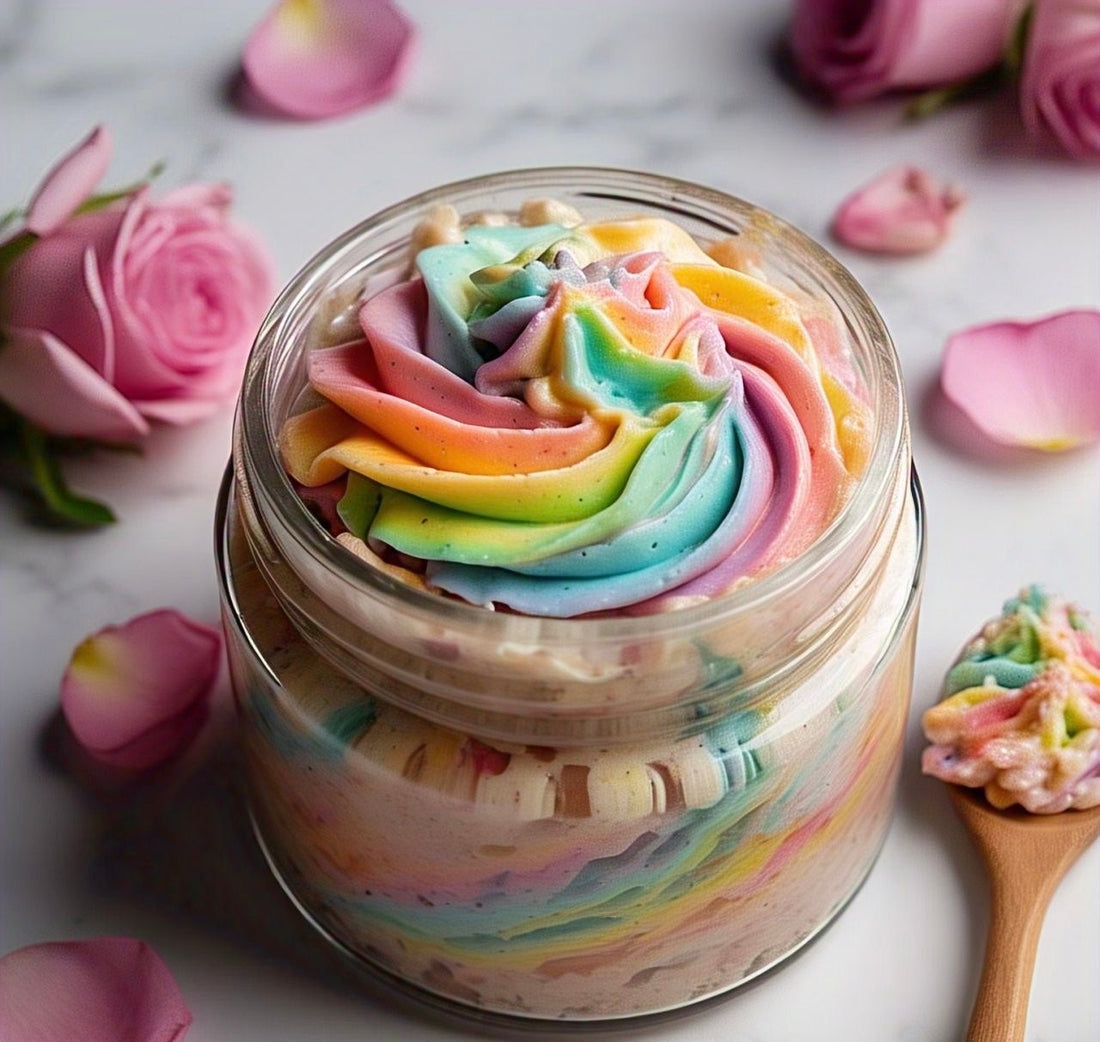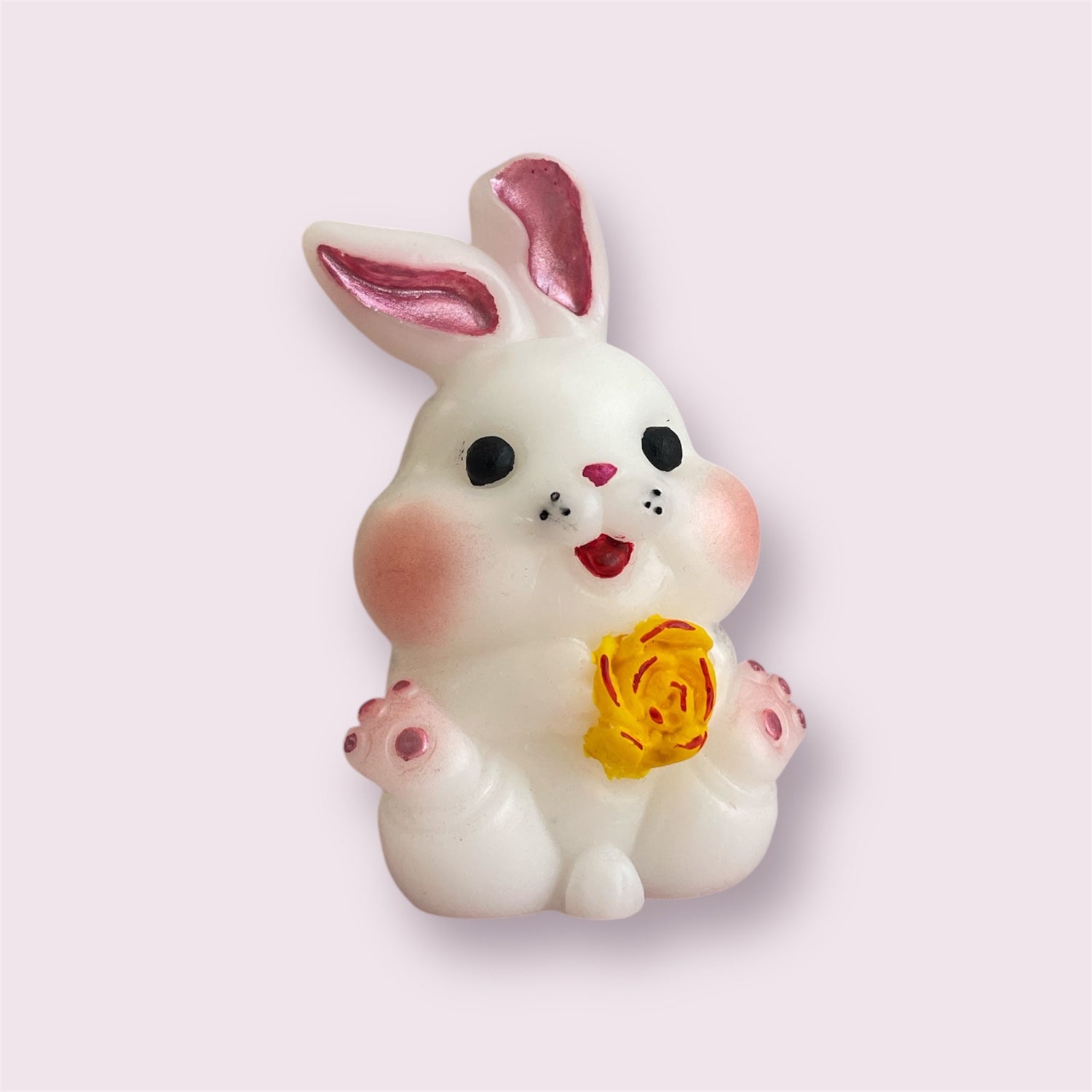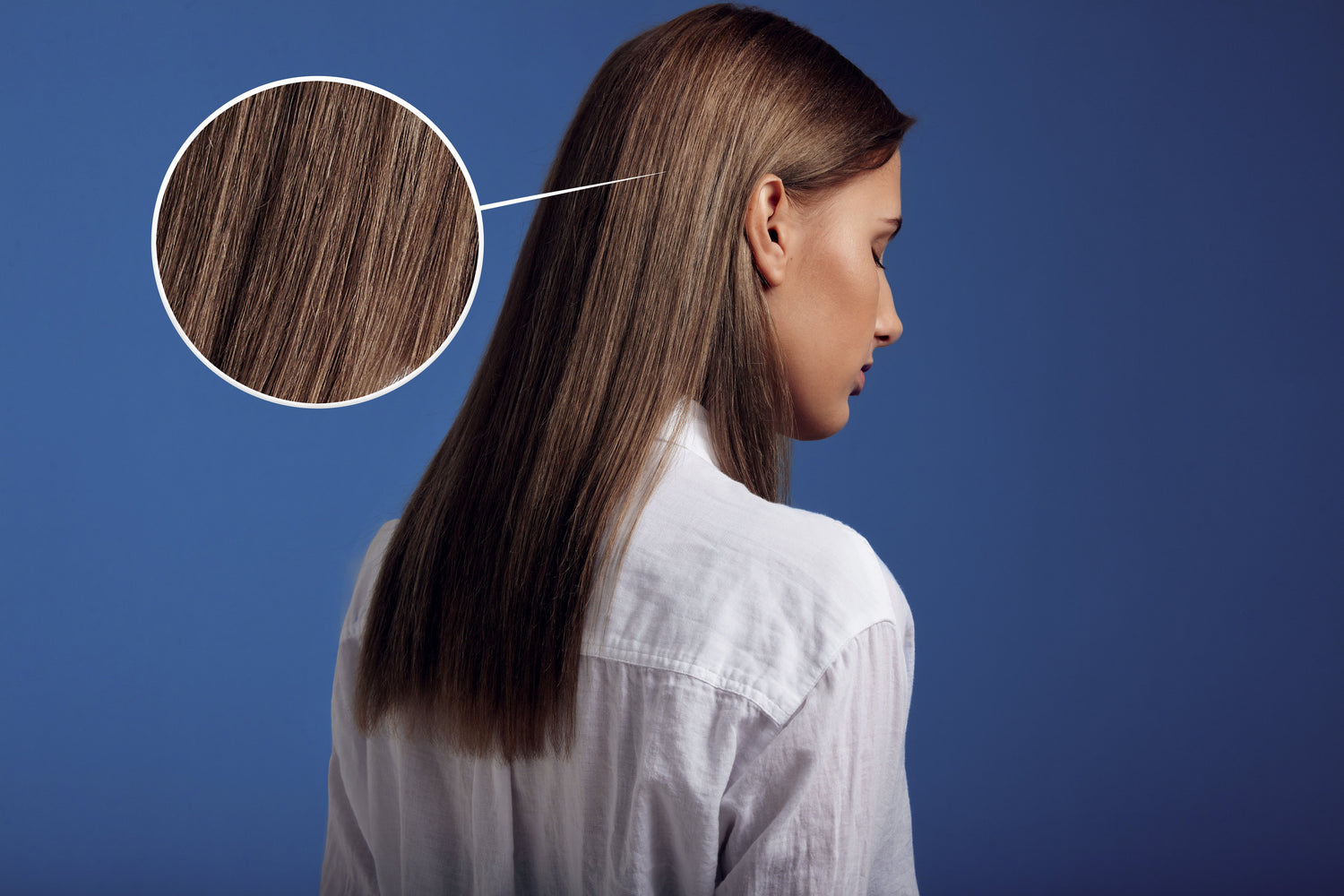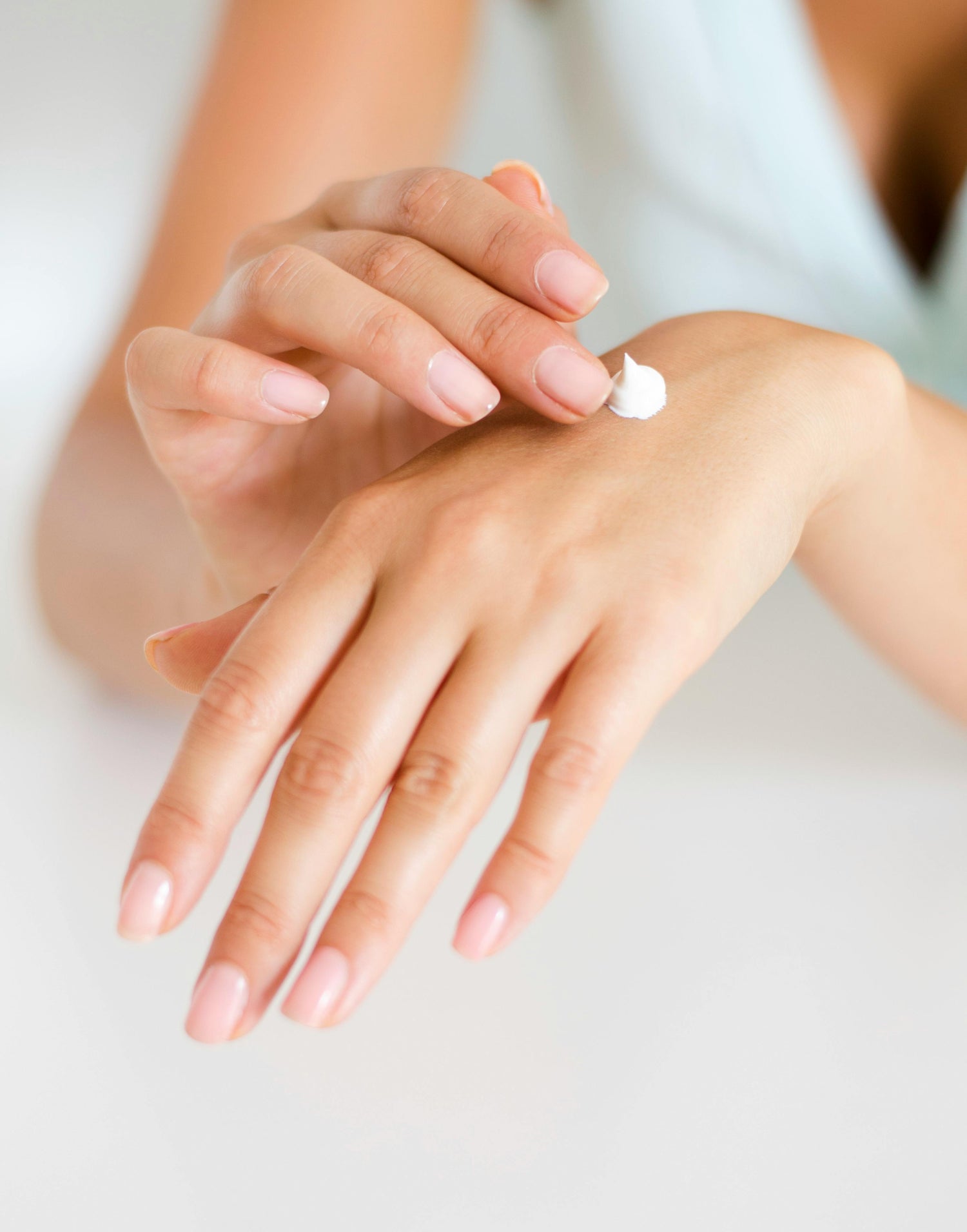
Why Is Handmade Soap Sweating?
Share
Have you ever picked up your favorite handmade soap, only to notice it feels damp or has droplets of moisture on the surface? It can look like your soap is sweating, and you might find yourself wondering, What’s going on? Why is your soap suddenly a little… moist?
In this post, we’ll dive into why your handmade soap might be sweating, and we’ll explain the science behind it.
What’s going on?
The short answer? It’s all about the glycerin in your soap. Glycerin is a natural byproduct of the saponification process (the chemical reaction that occurs when oils and fats combine with lye to make soap). It’s a humectant, which means it draws moisture from the air, and that’s what causes the beads of moisture or droplets to form on the surface of your soap.
Handmade soaps typically contain more glycerin than store-bought varieties, which is one of the reasons they’re so nourishing for the skin. However, this glycerin is also what makes handmade soap prone to sweating, especially in humid environments.
Why Does It Happen?
Soap sweating typically occurs when the humidity level in the air is higher than the moisture content in the soap itself. The glycerin in the soap attracts this excess moisture from the air, which causes the soap to form droplets on its surface. This can happen more often during warmer, more humid months, or if your soap is stored in a particularly humid environment (like a bathroom with poor ventilation).
Is It Bad for Your Soap?
Not at all! While it might look a little unusual, soap sweating doesn’t affect the quality of your soap. In fact, the glycerin is great for your skin, as it helps to hydrate and lock in moisture. If your soap is sweating, it’s simply doing what it’s supposed to do — attracting moisture to keep your skin nourished.
That said, if you prefer to keep your soap looking pristine and dry, you can store it in a cool, dry place to help reduce the chance of sweating.
How to Prevent Soap Sweating
If you want to reduce or prevent sweating, here are a few tips:
-
Store in a Dry Place: Keep your soap in a dry, well-ventilated area away from high humidity. A soap dish with drainage holes is ideal, as it allows the soap to air out and dry between uses.
-
Use Soap Savers: A soap saver or soap pouch can help absorb excess moisture and keep your soap from sitting in water, reducing sweating.
-
Avoid Plastic Wrap: If you’re wrapping your soap, make sure it’s in a breathable material. Plastic wraps trap moisture, which can lead to sweating.
Soap sweating is a totally natural and harmless process that happens when glycerin attracts moisture from the air. It’s a sign that your handmade soap is packed with skin-loving ingredients, and as long as you store it properly, you can minimize the chances of sweating.
So next time you see your soap "sweating," just know it’s doing its job – keeping your skin hydrated and soft!



